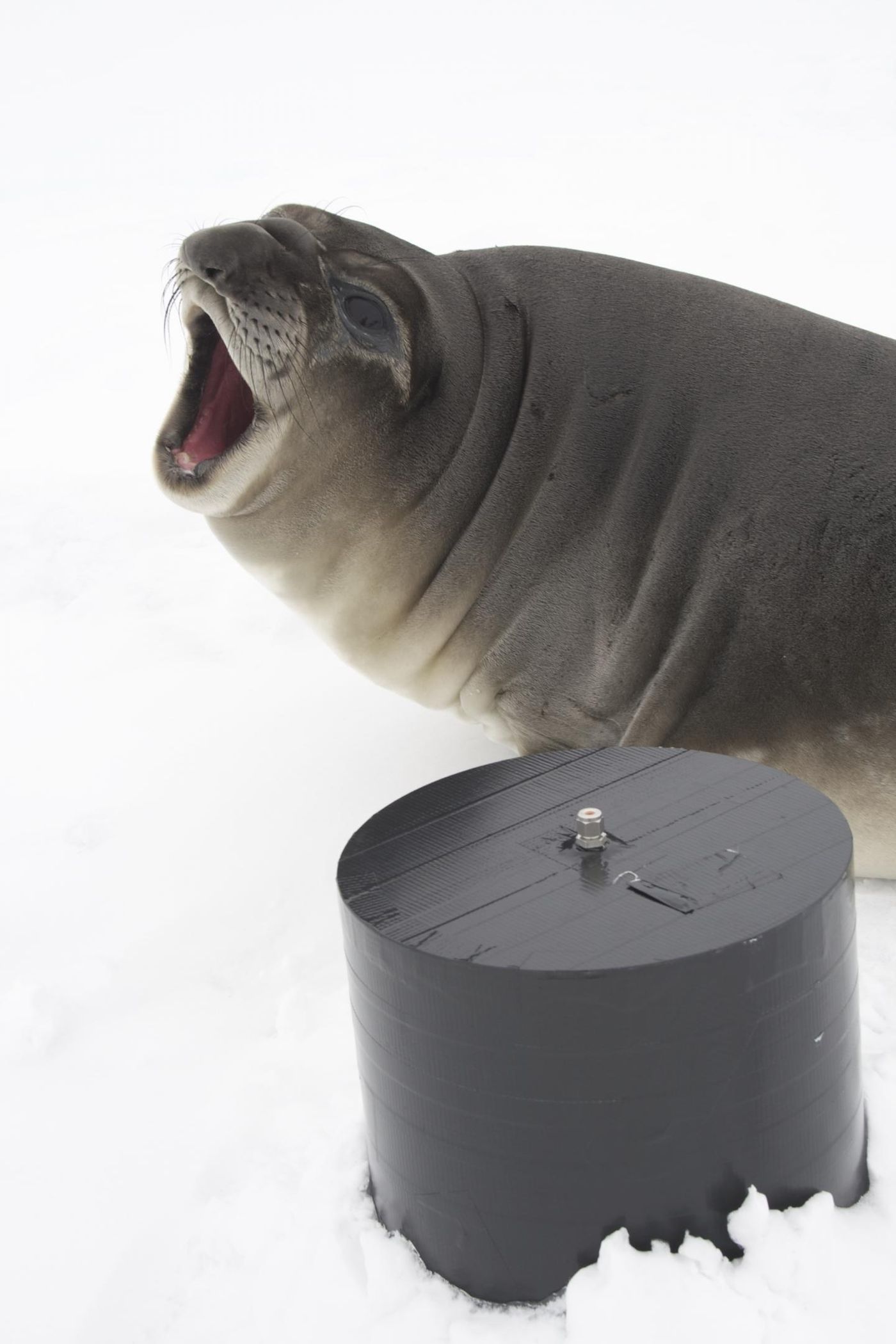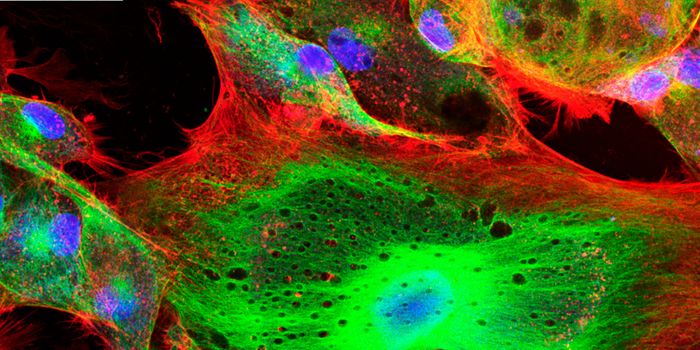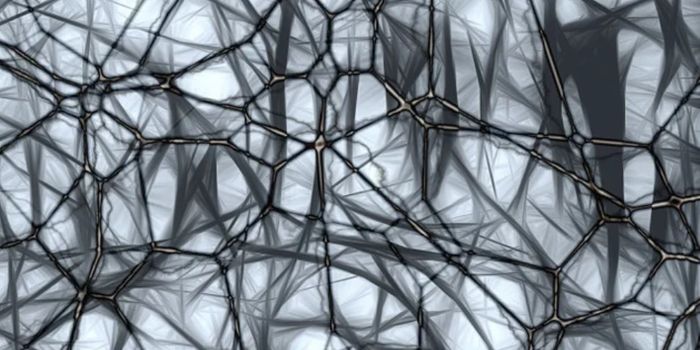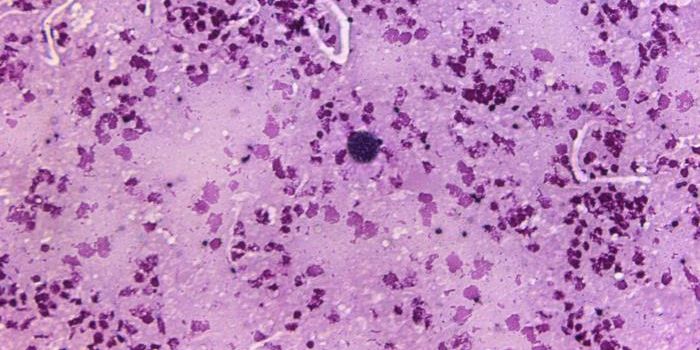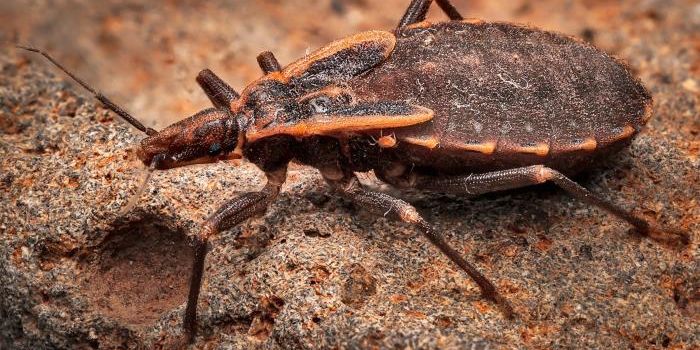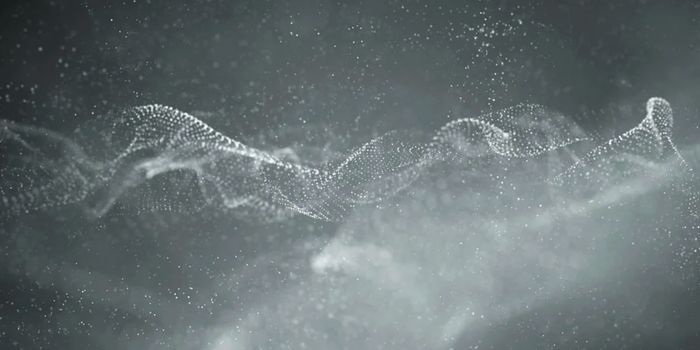The Life in the Ice
Once thought to be a sterile environment free of microbes, scientists have directly observed bacteria living in snow and ice in the polar regions. While we know of microorganisms that thrive in harsh environments, the evidence of life existing in nutrient-poor conditions is sure to change our perceptions about the effects of melting in these areas, as well as what kinds of places can sustain life. The work also indicates that microbes may be having an impact on the gases that are trapped in ice core samples used to study the environment - the gas levels in the ancient atmosphere may be lower than what was thought.
Climate scientists harvest samples from the Arctic and Antarctic, drilling deep below the surface to assess prehistoric atmospheric levels of carbon dioxide because air pockets were trapped in the compressing snow as it became ice. The gas levels can then be compared to what is in our atmosphere today.
There has been an assumption that these ice core samples are stable, especially because there was an expectation that inside them, biological activity was absent. However, work reported in the Journal of the Royal Society Interface has determined that live bacteria may have been affecting the composition of these small samples of gas.
"As microbial activity and its influence on its local environment [have] never been taken into account when looking at ice-core gas samples it could provide a moderate source of error in climate history interpretations. Respiration by bacteria may have slightly increased levels of carbon dioxide in pockets of air trapped within polar ice caps meaning that before human activity carbon dioxide levels may have been even lower than previously thought,” explained the lead author of the work, Dr. Kelly Redeker of the Department of Biology at the University of York.
"In addition, the fact that we have observed metabolically active bacteria in the most pristine ice and snow is a sign of life proliferating in environments where you wouldn't expect it to exist. This suggests we may be able to broaden our horizons when it comes to thinking about which planets are capable of sustaining life," Redeker noted.
This marks the first time that bacteria were found in the snow sampled in the Arctic or Antarctic. In some cases the investigators assessed snow in a natural state and in others, UV lamps were used to sterilize the snow. The scientists tried to take steps to limit contamination from outside sources, away from soil and animals. A gas that marine bacteria are known to make, methyl iodide, was found in the unaltered snow. Gases were also detected at incredibly small levels.
"We know that bacteria have the potential to remain viable and metabolically active at low temperatures for hundreds to thousands of years," said Redeker. "The next step is to look further down to see if we can observe active bacteria deep in the ice caps.”
Sources: AAAS/Eurekalert! Via University of York, Journal of the Royal Society Interface
